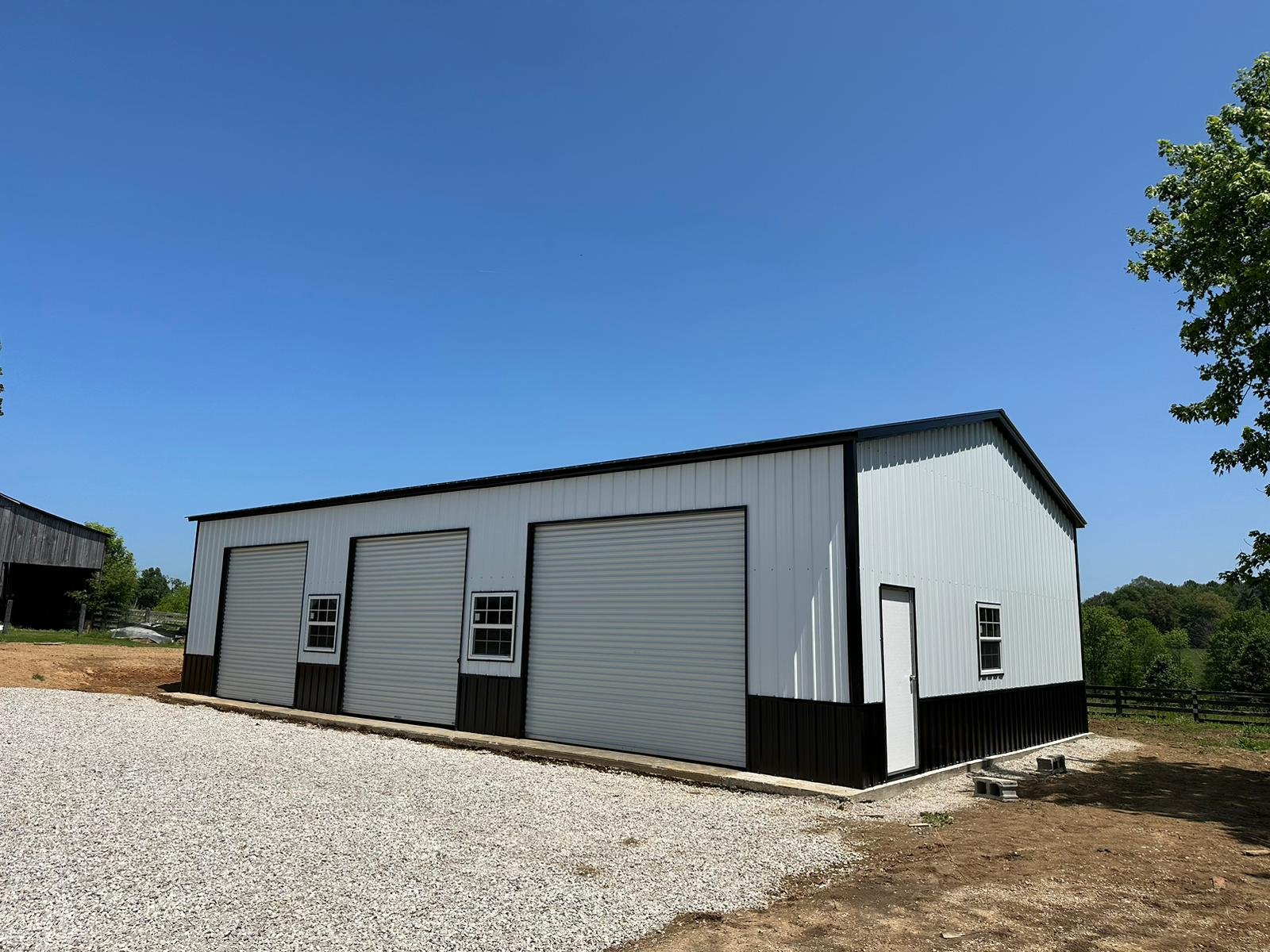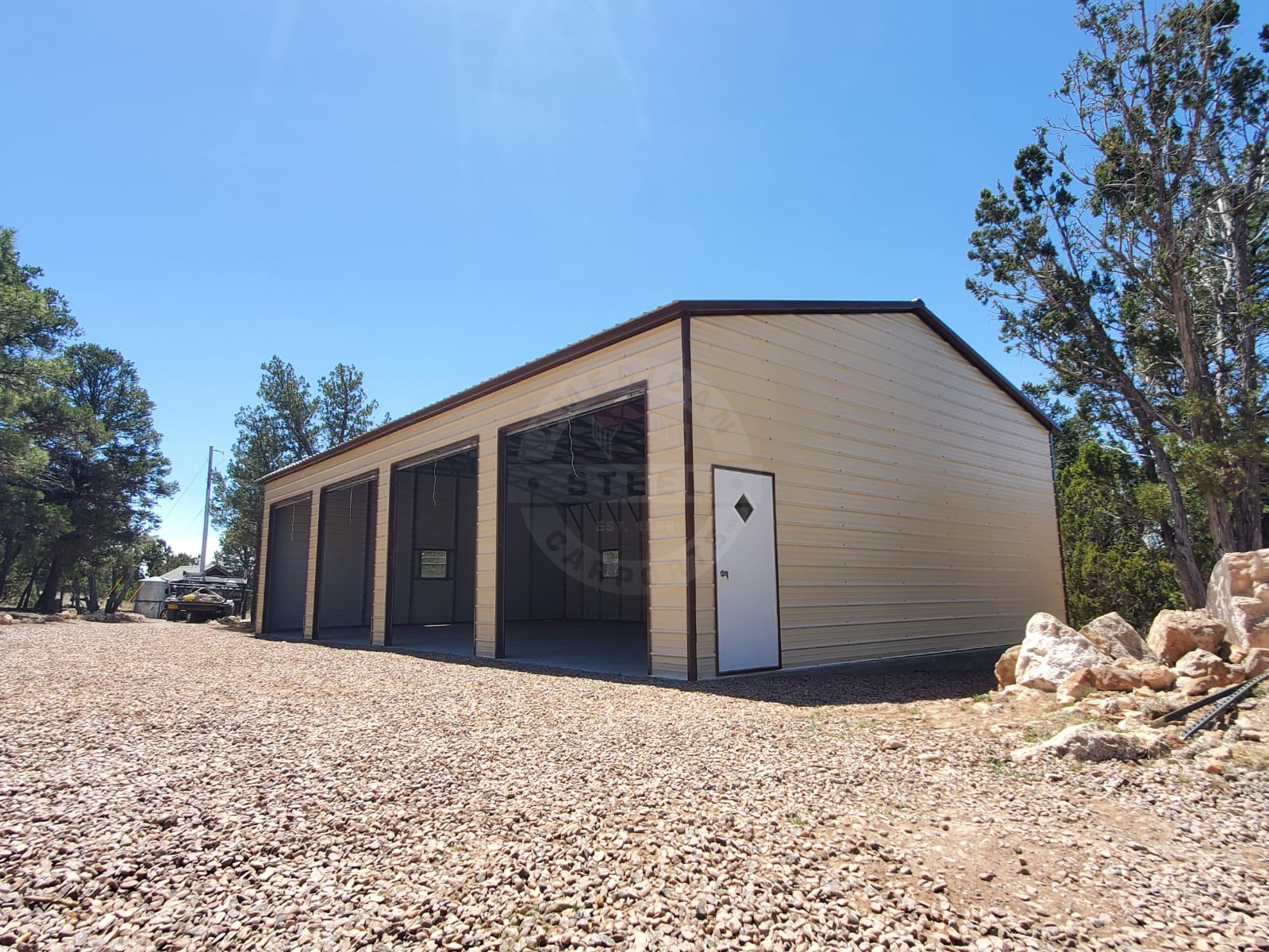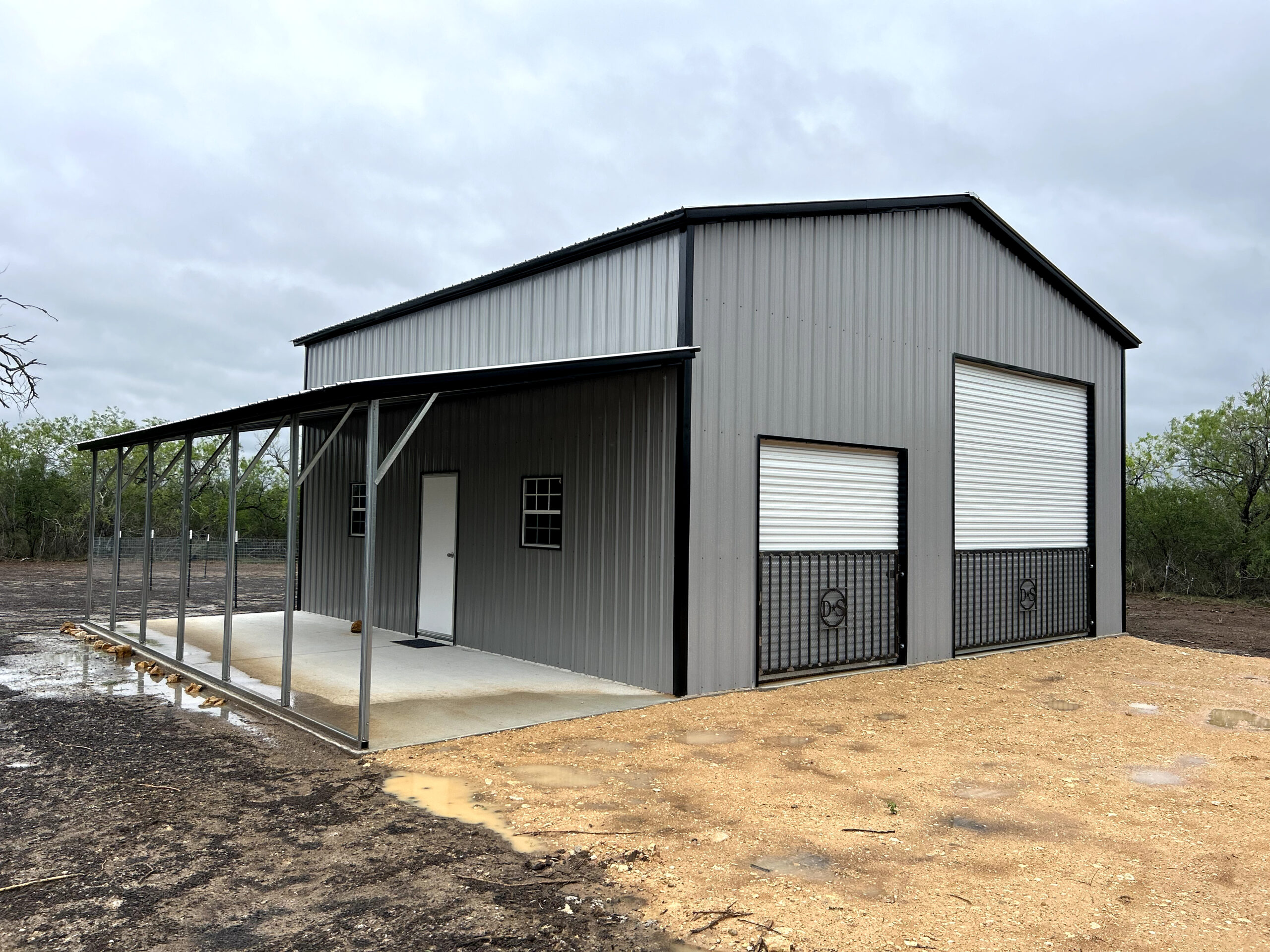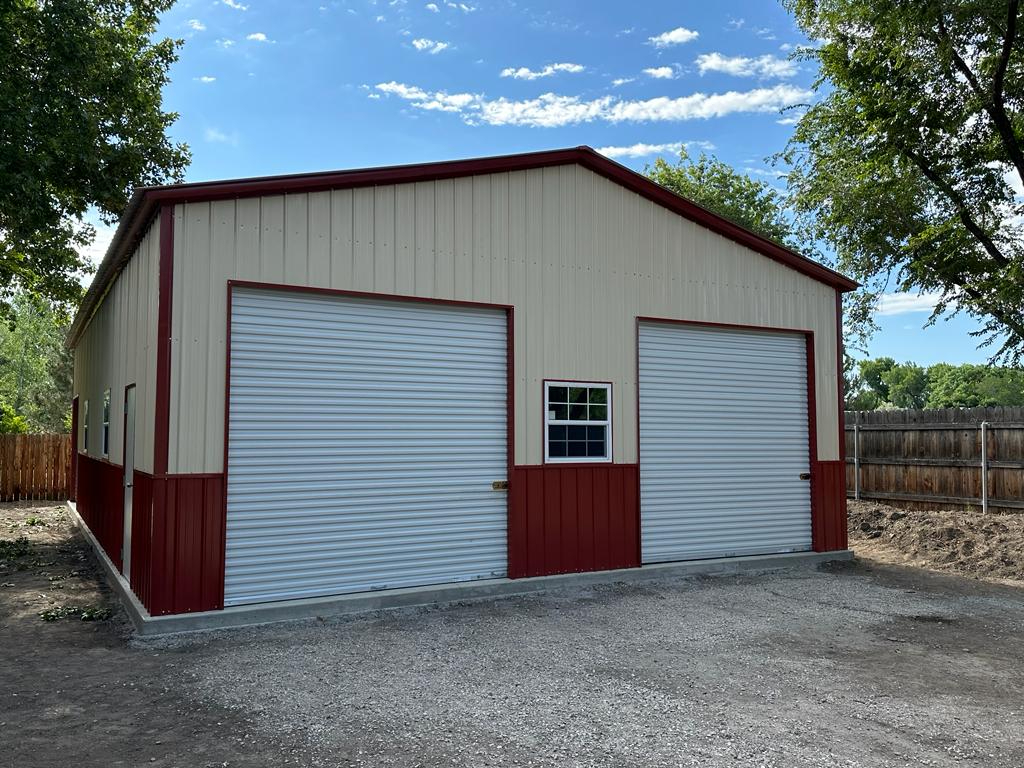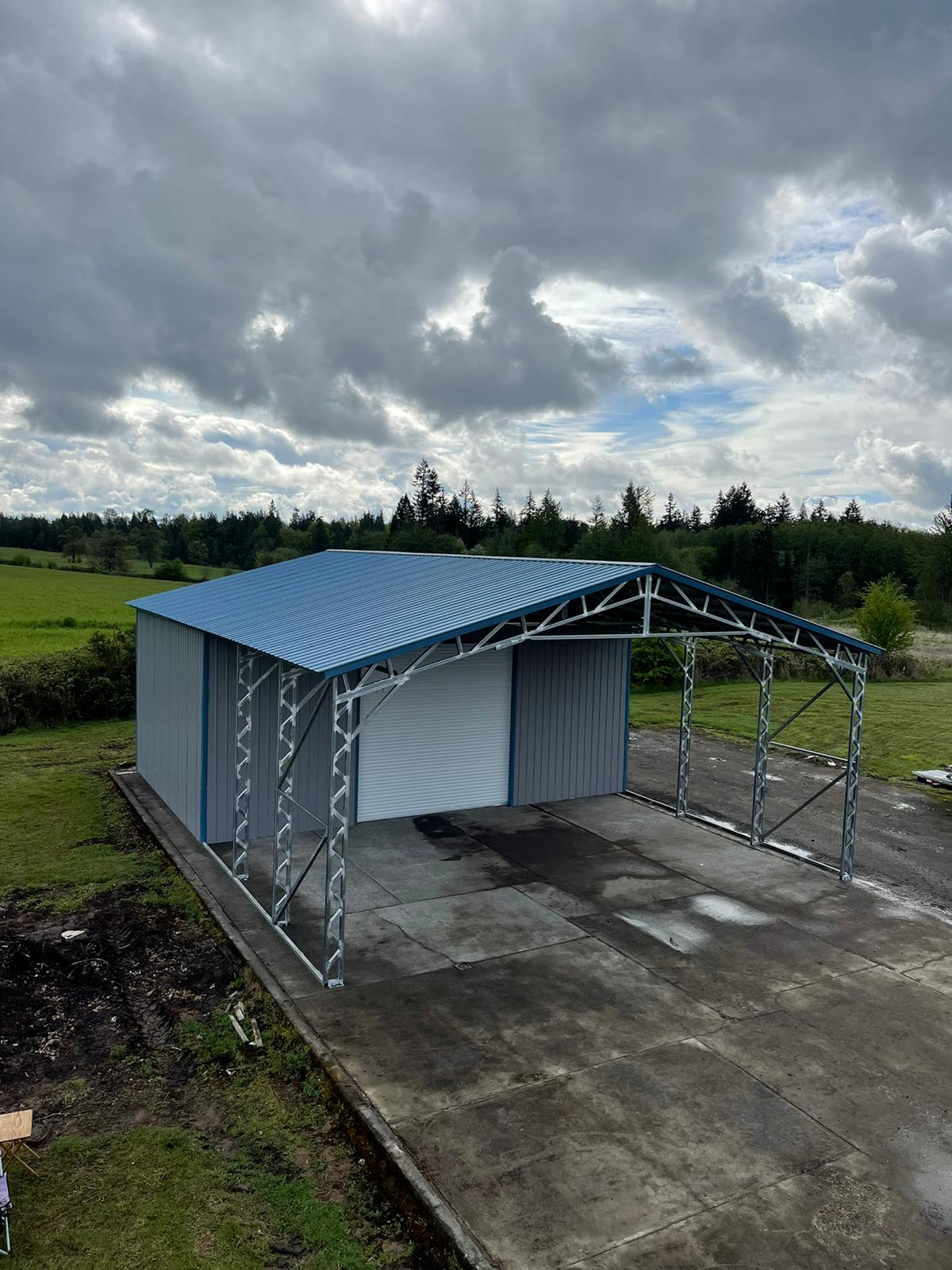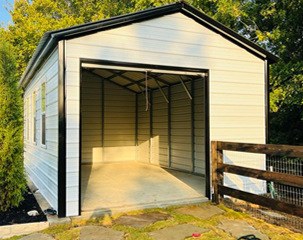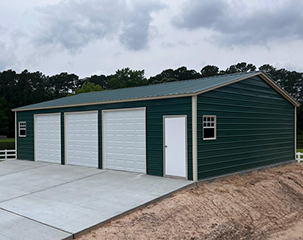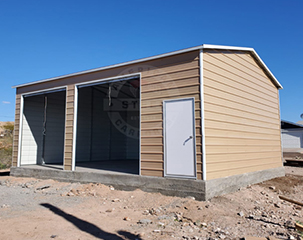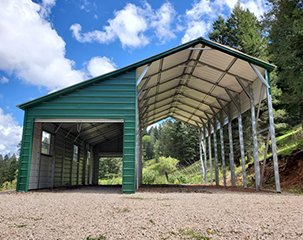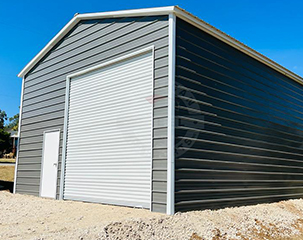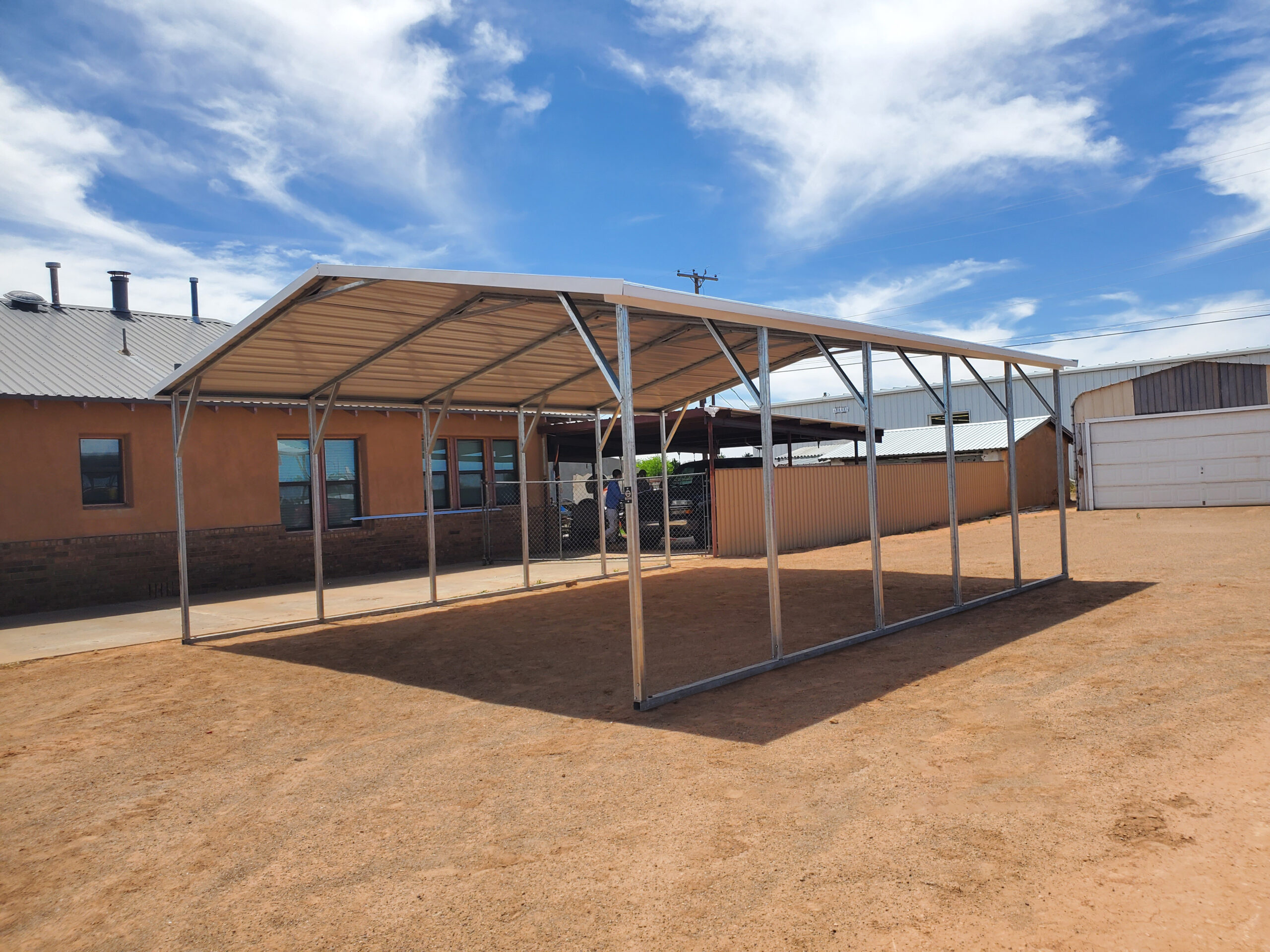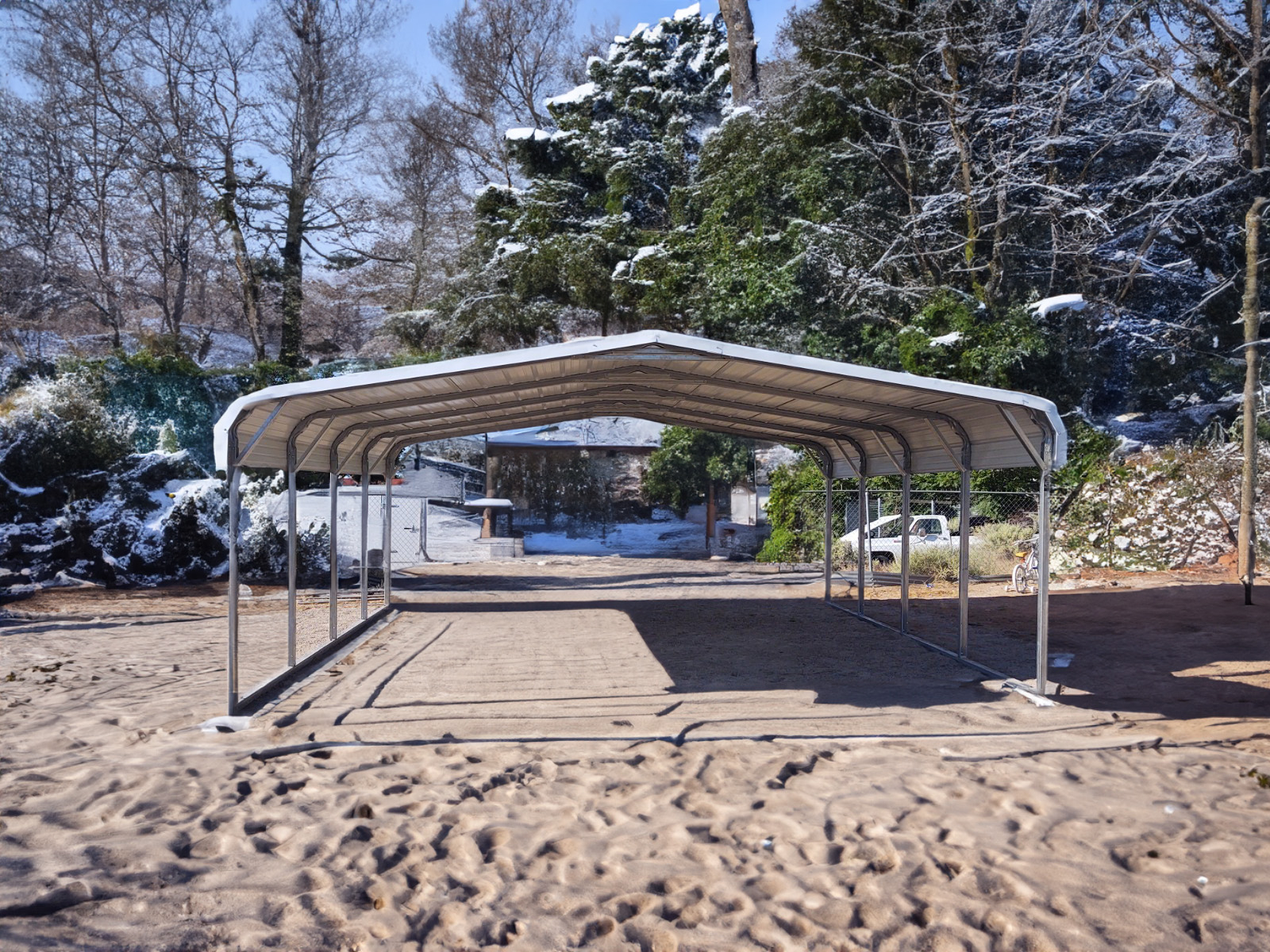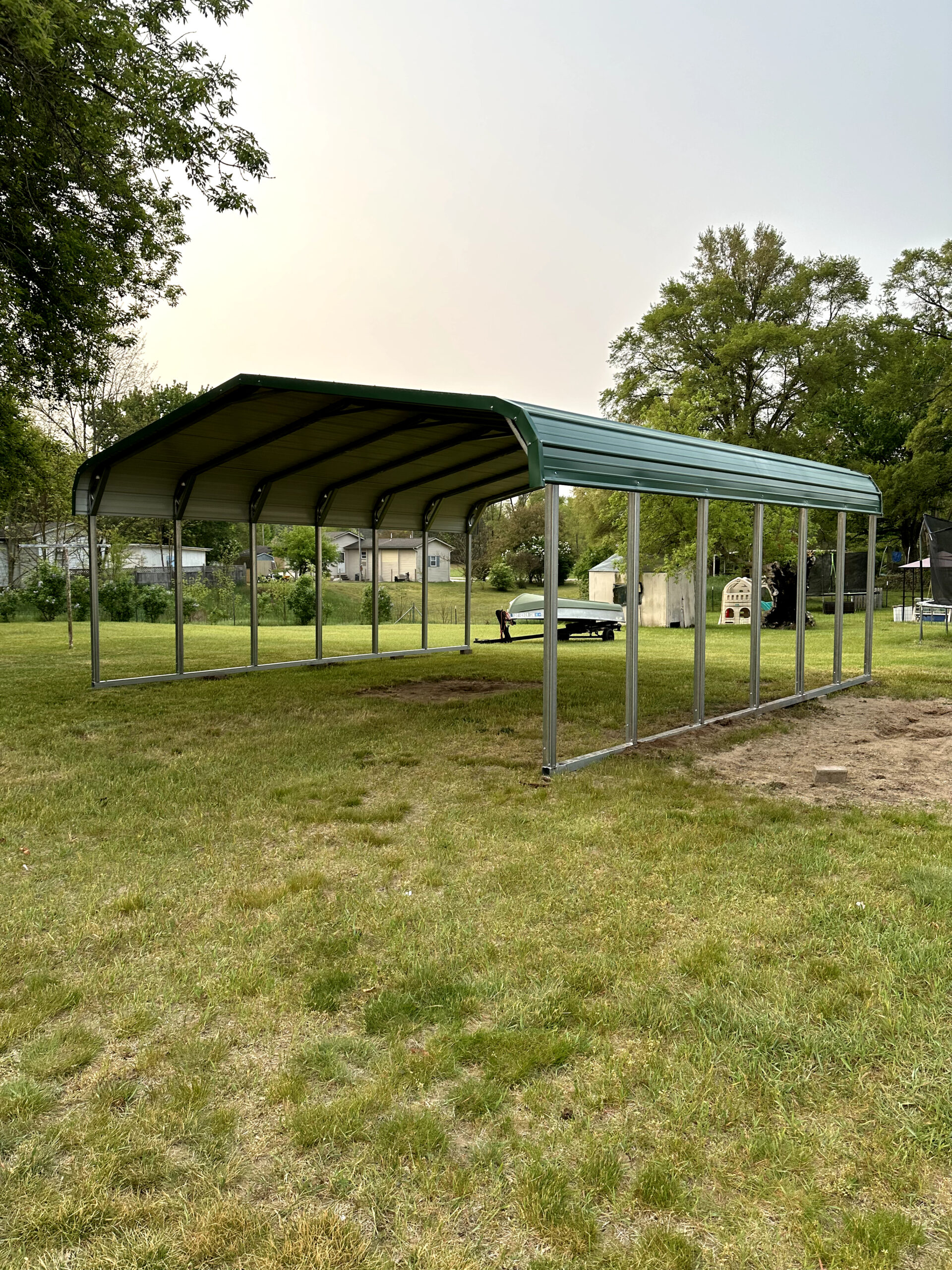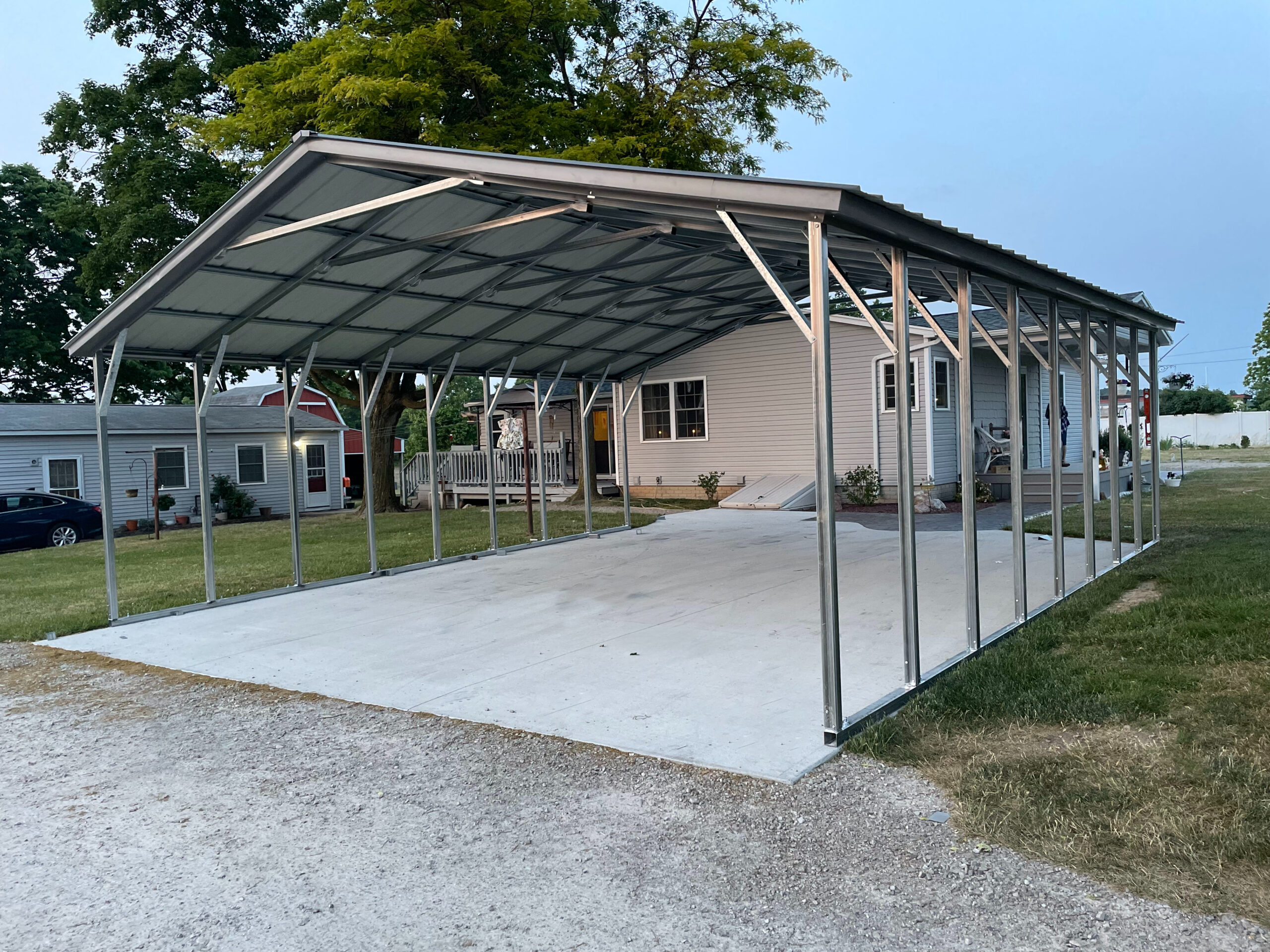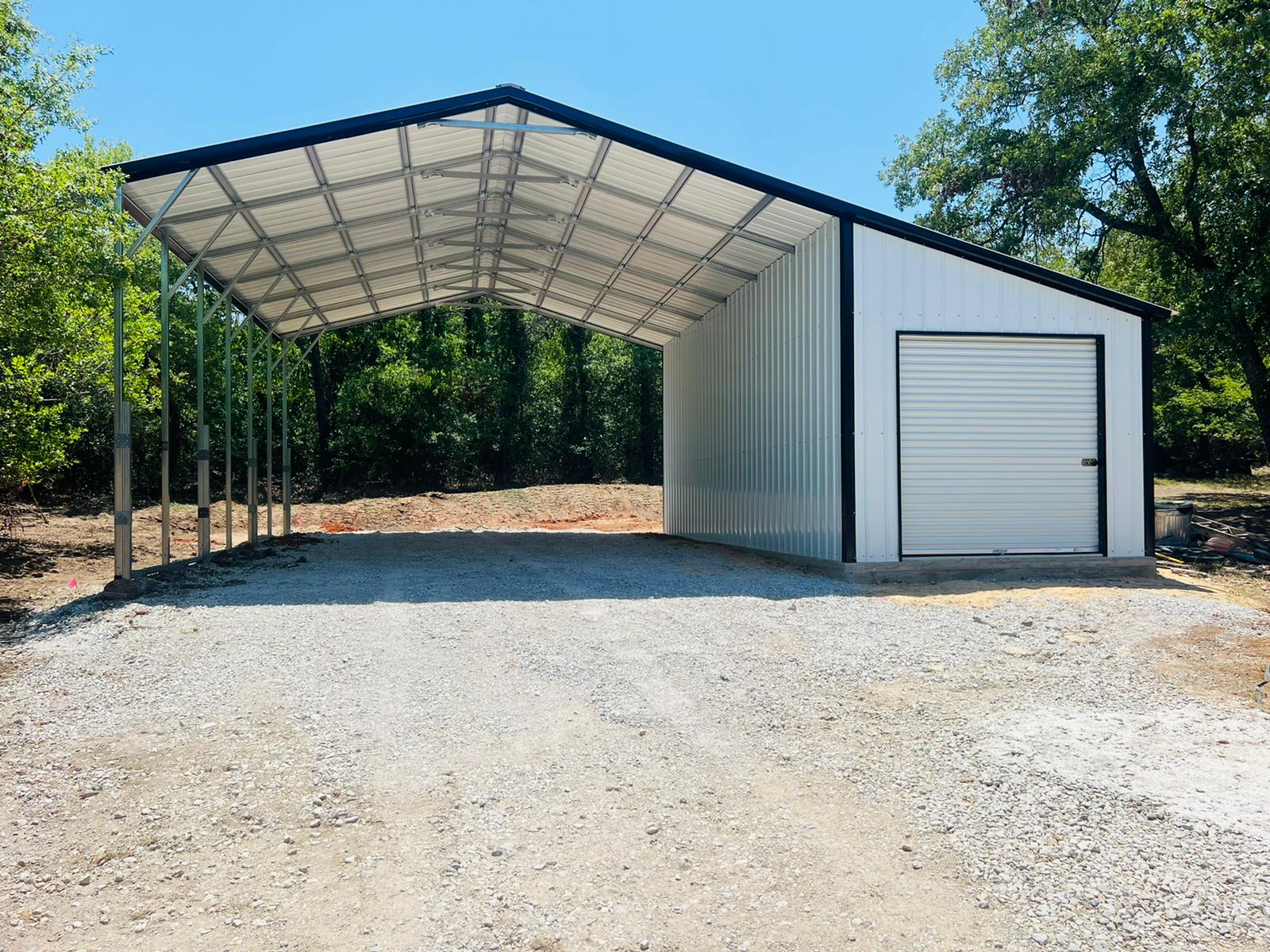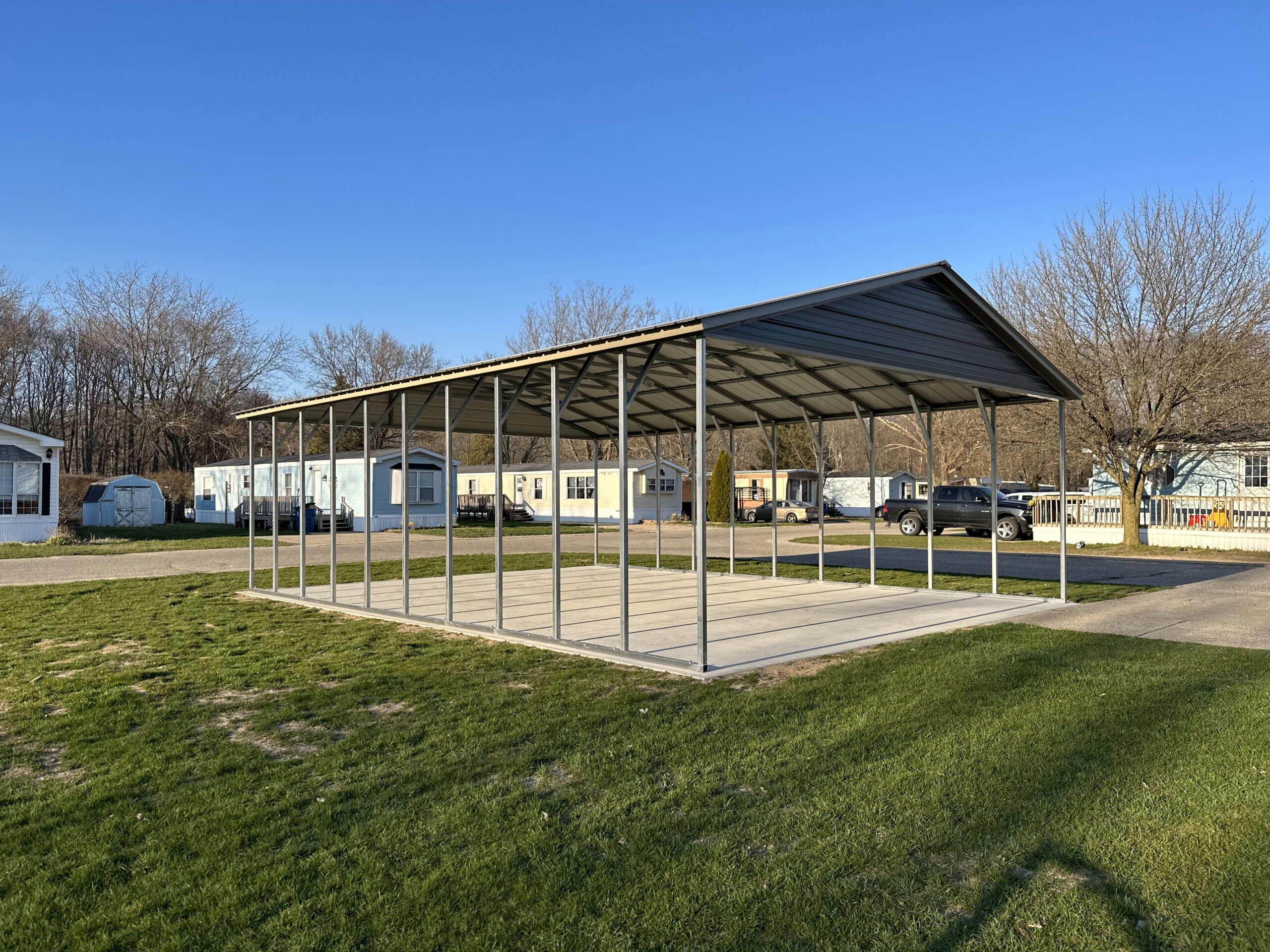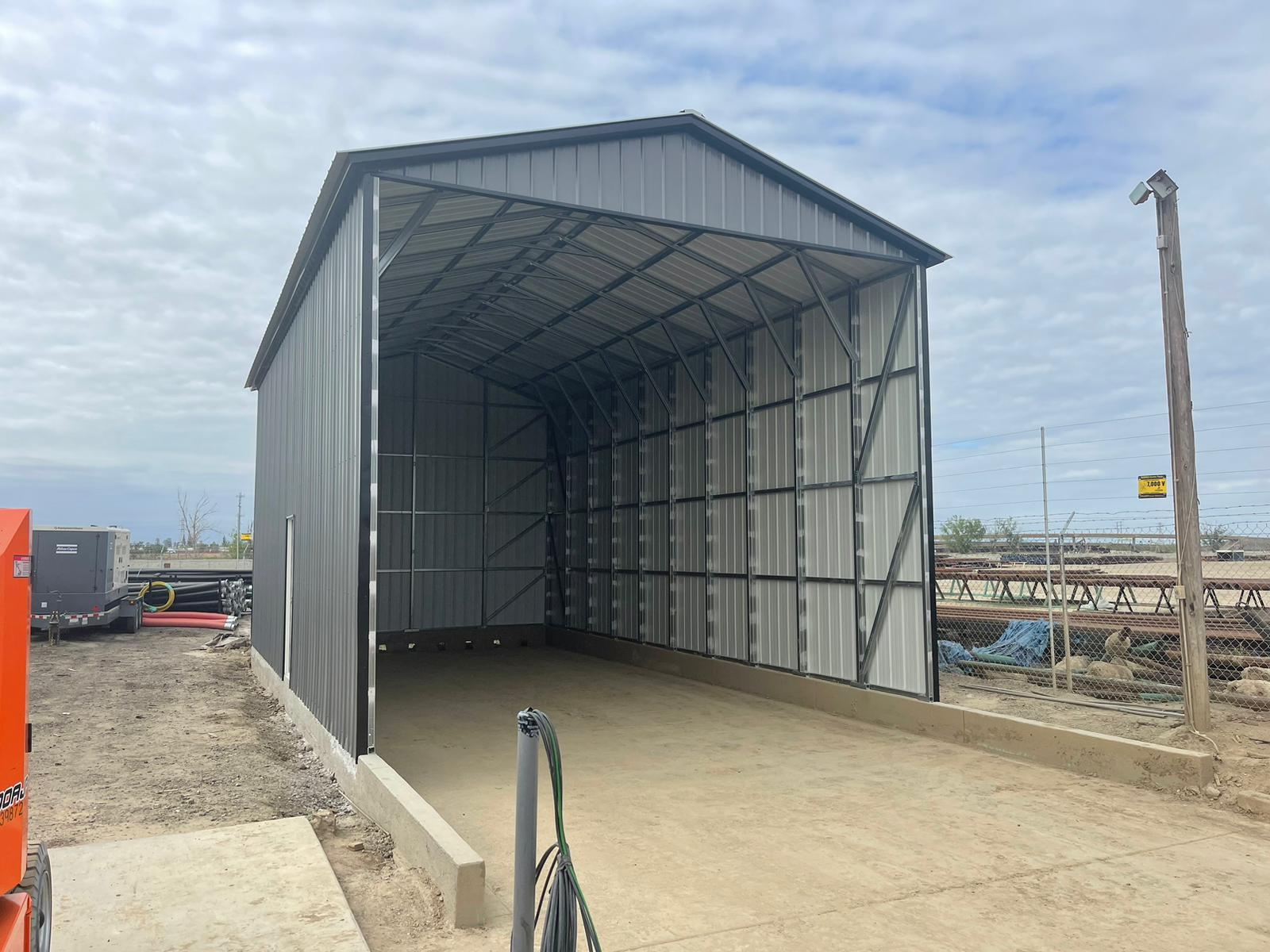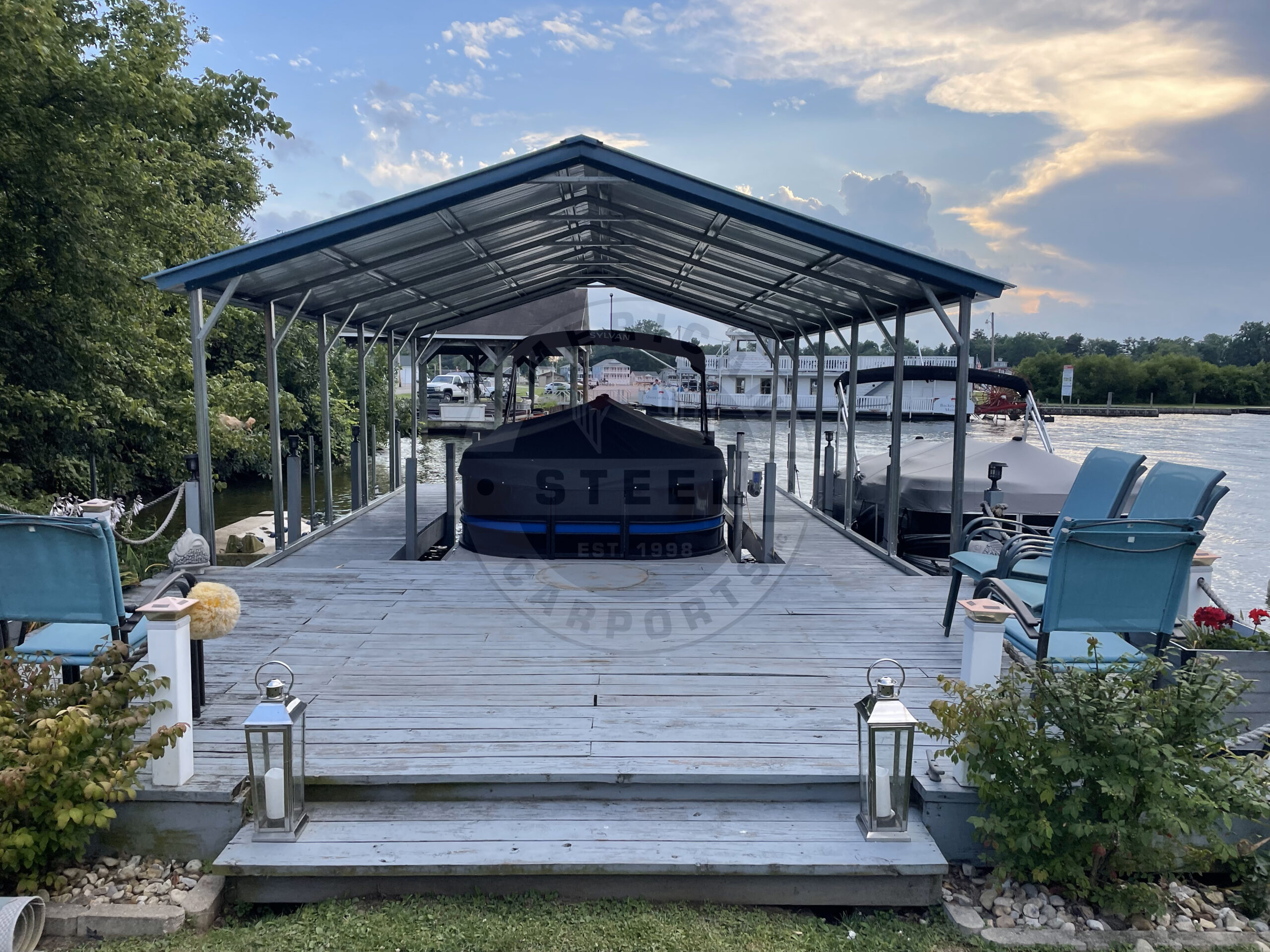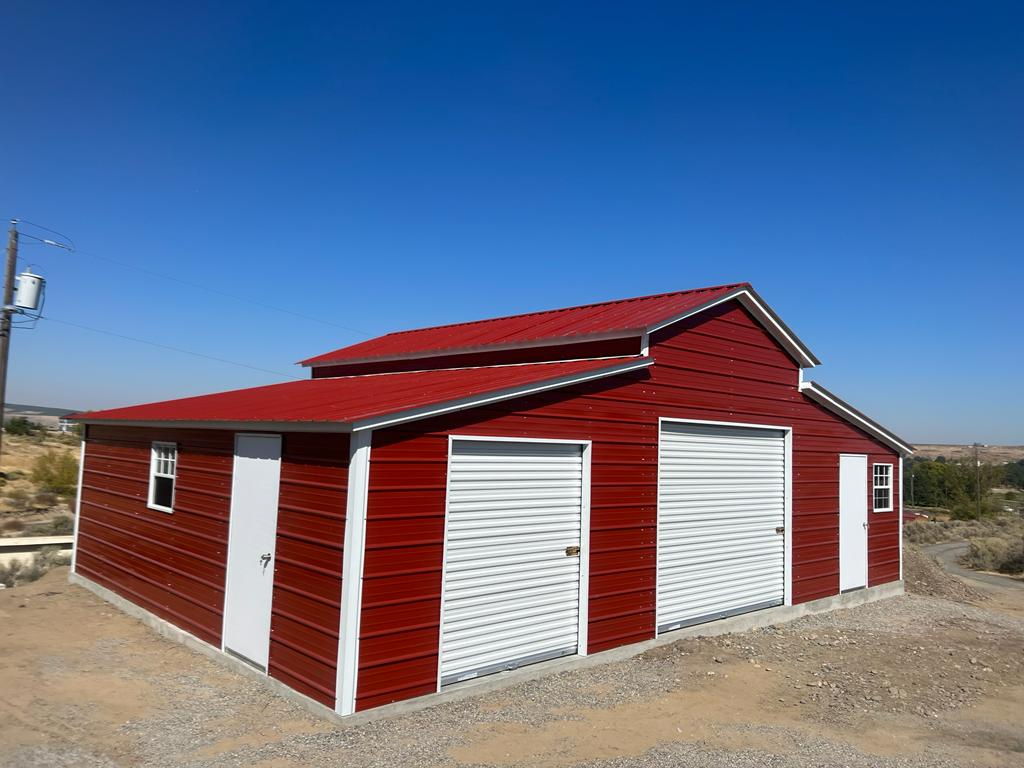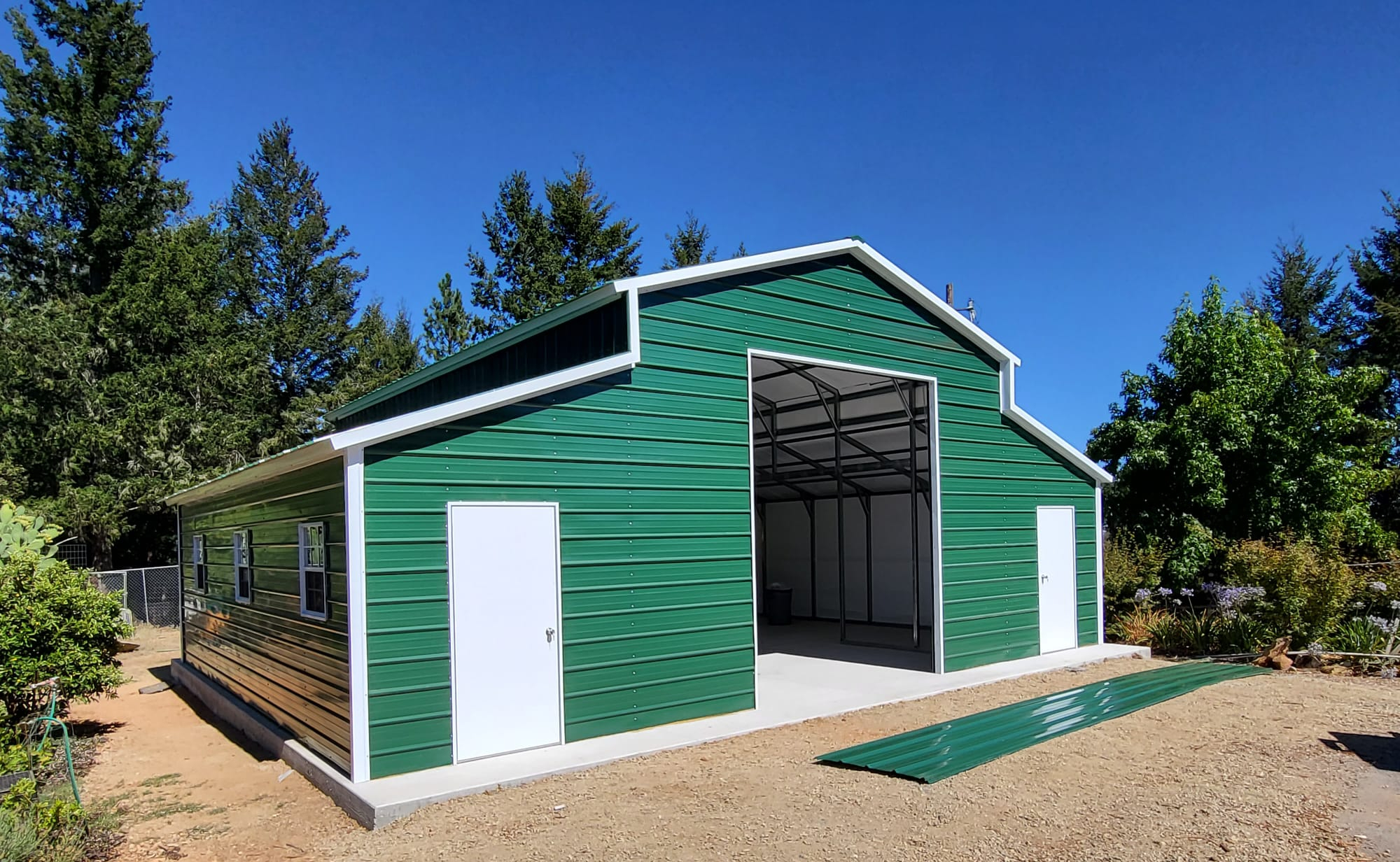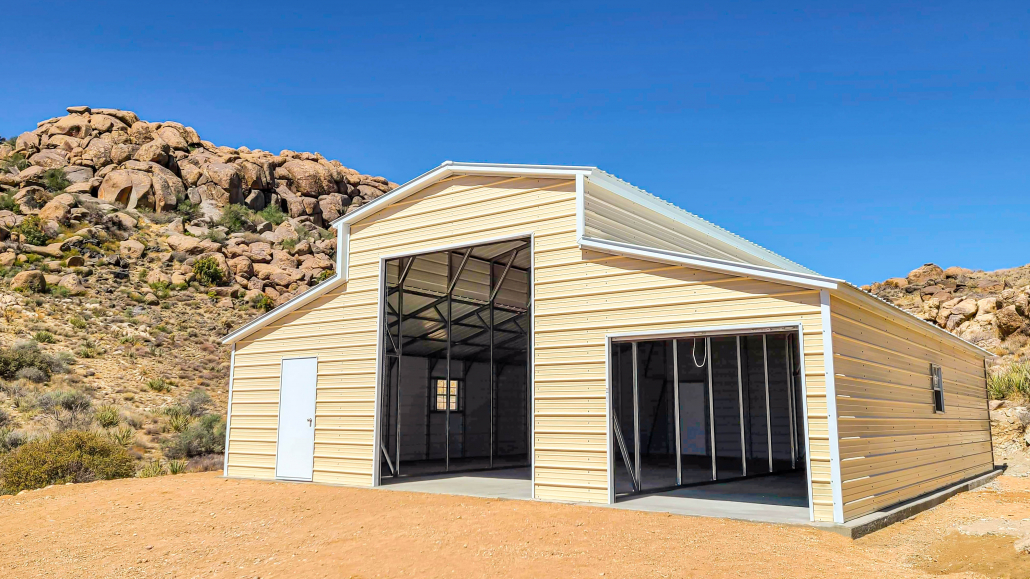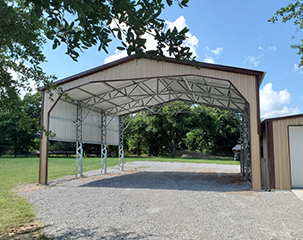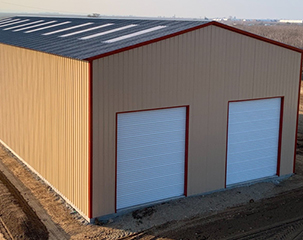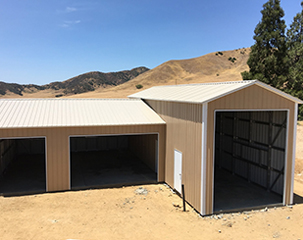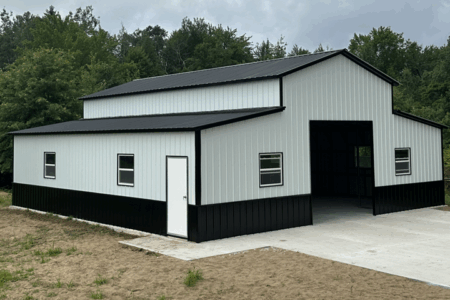How to Prep Your RV Carport for Hurricane Season in the Southeast

For RV owners in the Southeast, hurricane season threatens from June 1 through November 30, with peak activity occurring between mid-August and late October.
Florida, Georgia, the Carolinas, and Texas are particularly vulnerable, with storms increasing in both frequency and intensity in recent years due to climate change.
This increase is particularly worrisome for RV owners, who place both a large financial value and a treasured lifestyle in their vehicles. A single bad storm could undermine both by damaging or even destroying your RV. Even when stored, RVs remain vulnerable to high winds, flying debris, and flooding.
Protecting your RV from the storms starts with strengthening the carport where you keep it. A well-prepared carport serves as your first line of defense against these destructive forces.
What follows are 7 steps to hurricane-proof your RV carport. Taking these measures now can save you stress, financial loss, and potentially dangerous situations when storms arrive.
Step 1: Inspect and reinforce your carport structure
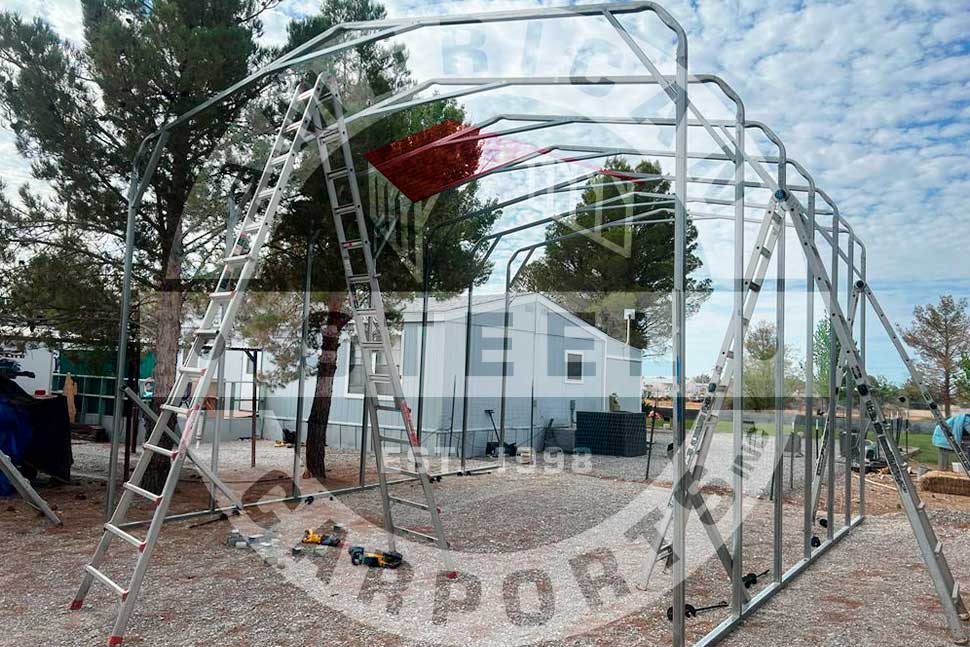
Before hurricane season arrives, conduct a thorough inspection of your RV carport’s structural integrity. Start by examining all metal components for signs of rust and corrosion, particularly at joints, screws, and connection points. Even minor rust spots can weaken your structure enough to bend or break under hurricane-force winds.
Next, check all fasteners and hardware. Tighten loose bolts and replace any that show signs of wear or damage. Pay special attention to the main support beams and roof connections. They are critical failure points during severe weather. For additional reinforcement, consider installing diagonal bracing to improve structural stability, especially if your carport is wide.
If your carport has a standard horizontal roof, consider upgrading to a vertical roof style. Vertical roofs provide superior drainage and better wind resistance during storms. Additionally, reinforcing panels at potential stress points can provide extra protection when high winds strike.
For older structures or DIY-installed carports, investing in a professional inspection can save your structure. Professionals can identify structural weaknesses that may not be visible to untrained eyes and recommend specific reinforcements based on your local hurricane risk level. They can also verify if your carport meets current building codes for hurricane resistance in your region.
Remember that your carport’s foundation is equally important. Make sure the structure sits on solid ground and inspect the concrete footings or pads for cracks or signs of settling. A compromised foundation can lead to catastrophic failure, no matter how sturdy the rest of your carport may be.
Step 2: Secure all loose items and accessories
During a hurricane, even small items can become dangerous projectiles capable of harming your RV and carport. Taking the time to secure or remove loose items can save you hundreds or thousands in repair costs later.
Start by conducting a thorough inventory of everything stored in and around your carport area. Remove garden tools, chairs, grills, planters, and any decorative items that could become airborne in high winds. Either relocate these items to an indoor storage space or secure them firmly to the ground using heavy-duty straps or chains.
Your RV itself requires special attention. Retract and secure all awnings completely; these large fabric surfaces can catch wind like a sail, causing extensive damage to both the awning mechanism and your RV’s exterior. Remove or firmly secure satellite dishes, solar panels, and any rooftop accessories that could tear loose. For maximum protection, consider installing temporary hurricane shutters or plywood coverings over vulnerable RV windows.
Don’t forget about your RV’s interior and storage compartments. Close and lock all slideouts, doors, windows, and roof vents. Remove and safely store any important documents or valuables. If your RV has stabilizing jacks, deploy them to provide additional stability during high winds.
Step 3: Check and upgrade anchoring systems
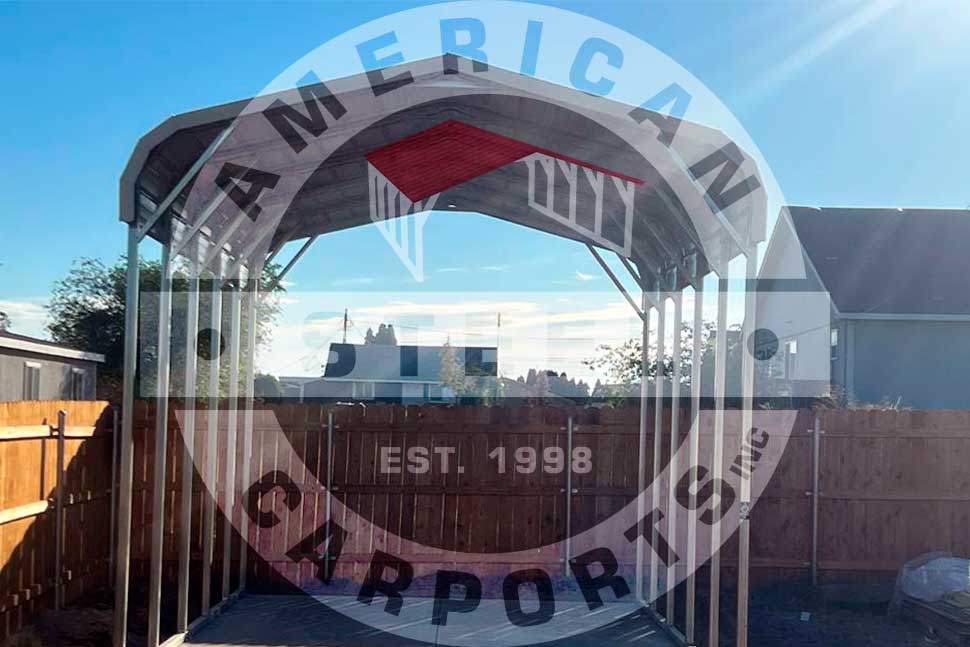
When hurricane-force winds strike, your anchoring system is the primary factor determining whether your RV carport stands or fails. A thorough evaluation of your current setup is essential before hurricane season begins. Inspect all anchor points for signs of rust, bending, or pulling away from the ground. Test the stability by applying pressure to different parts of the structure. Any wobbling indicates a potentially catastrophic weakness when exposed to the strength of a hurricane.
The right anchoring system depends on your foundation. Concrete foundations require expansion bolts or concrete anchors, while soil foundations need auger-style or helix anchors that dig deep into the ground. For gravel or asphalt bases, specialized anchors with wider surface areas distribute the load more effectively. In high-wind zones common throughout the Southeast, standard anchors are rarely sufficient. Upgrade to hurricane-rated systems designed to withstand sustained winds exceeding 100 mph.
When upgrading, look for anchors with certification for specific wind loads appropriate to your region. Many manufacturers offer certified models that meet local building codes for hurricane resistance. Consider additional cross-bracing and reinforcement kits to strengthen the entire structure against lateral forces that can cause collapse.
Proper installation is as important as the quality of the anchors themselves. Follow manufacturer guidelines precisely. Remember that even the best anchoring system requires regular maintenance. This includes tightening all connections before hurricane season and after any significant weather events. For RVs stored under the carport, consider additional heavy-duty tie-downs to secure the vehicle itself, positioning the fore or aft end facing the anticipated wind direction to minimize wind resistance.
Step 4: Seal and waterproof the carport
When hurricane season approaches, making sure your RV carport is properly sealed and waterproofed becomes critical. Water intrusion during intense storms can damage not only to your carport structure but also your valuable RV. A thorough inspection and preventative maintenance can save you thousands in potential repairs.
Begin by conducting a comprehensive inspection of your carport for potential water entry points. Examine the roof panels carefully, looking for gaps, rust spots, or loose fasteners that could allow water penetration. Pay special attention to seams and connection points, since these are common areas for leaks to develop. For metal carports, check for corrosion that might compromise waterproof integrity.
Once you’ve identified vulnerable areas, apply quality weather-resistant sealants to joints and seams. Products like Self-Leveling Lap Sealant are excellent for metal carport roofs and can create a watertight barrier against hurricane rains. For best results, ensure surfaces are clean and dry before application, and follow manufacturer guidelines for curing times. Consider applying multiple layers in particularly vulnerable areas for added protection.
Proper drainage around your carport is equally important for hurricane readiness. Clear gutters and downspouts of debris to prevent water backup. Make sure the ground around your carport slopes away from the structure to promote natural water runoff. For areas prone to flooding, consider installing additional drainage solutions like French drains or drainage ditches to direct water away from your RV storage area.
Remember that even small vulnerabilities can become major problems during hurricane-force winds and rain. Taking the time to thoroughly seal and waterproof your carport doesn’t just protect the structure; it safeguards the valuable investment parked beneath.
Step 5: Trim surrounding trees and vegetation
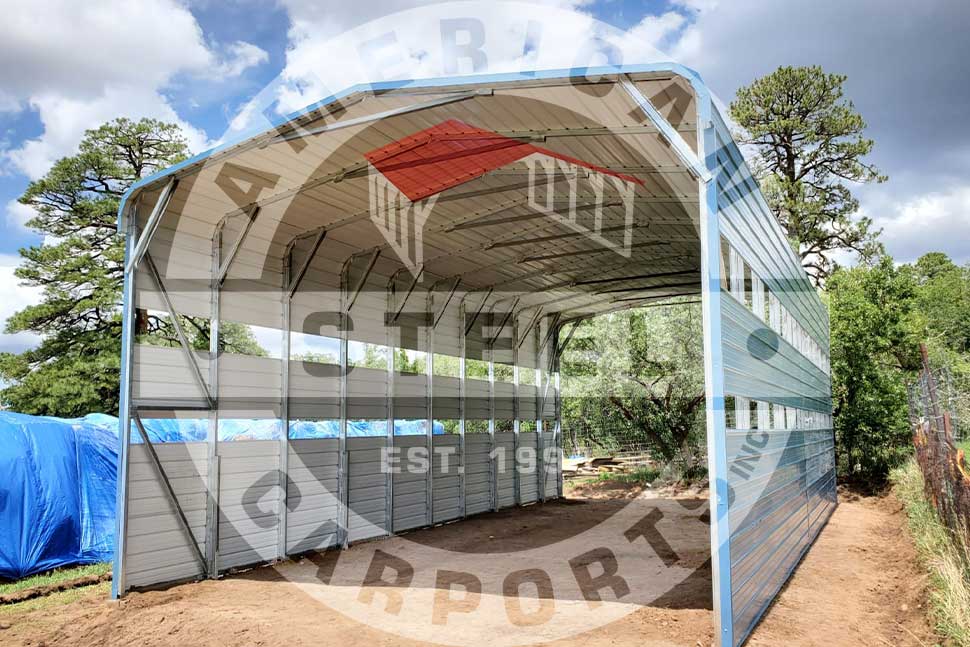
One of the most serious threats to your RV carport during hurricane season comes from the surrounding landscape. High winds can transform branches and vegetation into dangerous projectiles that can damage or destroy your shelter and vehicle. Taking preemptive action to manage the area around your carport is essential for hurricane preparedness.
Start by conducting a thorough inspection of all trees near your carport. Identify and remove any dead, diseased, or damaged branches that could break free during a storm. Pay special attention to overhanging limbs that could directly impact your carport structure or RV. For larger trees or those with extensive canopies, consider hiring a professional arborist who can safely trim high branches and assess the overall health of trees on your property.
Next, establish and maintain a clear perimeter around your carport. Remove all loose items, yard debris, and unnecessary vegetation within at least 10-15 feet of the structure. Even seemingly harmless garden items can become dangerous during hurricane-force winds. Keep your gutters and roof clear of leaves and debris to get proper drainage during heavy rainfall.
When landscaping near your RV carport, opt for low-growing, hurricane-resistant plants that won’t pose a threat during storms. Regular maintenance throughout hurricane season is crucial. Don’t wait until a storm is approaching to address vegetation issues.
Step 6: Prepare an emergency kit and evacuation plan
When hurricane warnings start to appear, you’ll need to act quickly. Having a well-prepared emergency kit and evacuation plan specifically designed for your RV situation can make the difference between a smooth evacuation and a chaotic one. Don’t wait until the last minute – preparation is key to protecting both your RV and your family.
Start by assembling a comprehensive emergency kit that includes at least a three-day supply of non-perishable food, water (one gallon per person per day), first-aid supplies, prescription medications, flashlights with extra batteries, and a weather radio. Store important documents like insurance policies, identification, and vehicle registration in waterproof containers that are easily accessible. For RV-specific needs, include basic repair tools, extra fuses, jumper cables, and any specialized equipment your particular RV model might require.
Developing a solid evacuation plan is equally important. Research and map out multiple evacuation routes that accommodate your RV’s size and height restrictions. Remember that popular evacuation routes can congest quickly during emergencies. Consider planning alternative destinations inland where you can safely wait out the storm.
Maintain your RV in evacuation-ready condition throughout hurricane season. Keep your fuel tank at least half full at all times, keep your generator is functional, and store some extra fuel safely. Establish a communication plan with family members and know how to receive emergency alerts in your area. Many campgrounds have specific evacuation procedures; familiarize yourself with these protocols and maintain contact information for campground management.
Finally, consider conducting a practice evacuation drill at least once before hurricane season begins. Time how long it takes to secure your carport, prepare your RV, and get on the road. This practical exercise will reveal any gaps in your preparation and help ensure you can evacuate efficiently when minutes count.
Step 7: Review insurance coverage and documentation
When hurricane season approaches, your insurance coverage becomes your financial safety net. Before the first storm warnings appear, thoroughly review both your RV and carport insurance policies to confirm that they are current and that they provide adequate protection. Many standard policies may not fully cover hurricane damage, so look specifically for provisions related to wind, flooding, and storm surge. If you find gaps in your coverage, consider adding supplemental insurance that specifically addresses wind damage, water intrusion, and debris impact.
Documentation is equally crucial for insurance claims. Before hurricane season begins, thoroughly photograph and video your RV and carport from multiple angles, capturing their current condition. Pay special attention to documenting any existing damage, recent repairs, and valuable modifications or additions. This visual record will be invaluable if you need to file a claim after a storm.
Store your insurance policies, vehicle registration, warranty information, and maintenance records in waterproof containers that you can quickly access during an evacuation. Consider creating digital copies stored in cloud services as backups. Many experienced RVers keep a dedicated “hurricane documentation package” that includes contact information for their insurance agents, policy numbers, and claim procedures.
Conclusion: Stay proactive and protect your investment
Preparing your RV carport for hurricane season isn’t just about protecting a structure; it’s about safeguarding your home-away-from-home. As we’ve discussed, thorough preparation can make the difference between minor repairs and catastrophic damage during the increasingly intense storms affecting the Southeast.
Don’t wait until a storm is on the horizon to begin preparations. The relatively small investment of time and resources now can prevent significant losses later. By implementing the strategies outlined in this article, you’re not just protecting physical assets; you’re investing in your future adventures and eliminating the anxiety that comes with each weather alert.
Always prioritize personal safety over material possessions, and remember that even the most cherished RV can be replaced, while lives cannot. With proper preparation, documentation, and insurance coverage, you can face hurricane season with confidence, knowing you’ve done everything possible to protect your investment.
| Preparation Task | Recommended Timeline | Priority Level |
|---|---|---|
| Inspect and reinforce carport structure | 3 months before season (March) | High |
| Check and upgrade anchoring systems | 2 months before season (April) | Critical |
| Seal and waterproof the carport | 1-2 months before season (April-May) | High |
| Trim surrounding vegetation | 1 month before season (May) | Medium |
| Review insurance coverage | 1 month before season (May) | High |
| Prepare emergency kit | 2 weeks before season (Mid-May) | Critical |
| Practice securing loose items | Ongoing throughout season | Medium |
Get your RV carport ready for hurricane season with American Steel Carports! Our durable, customizable carports are designed to withstand harsh weather conditions, providing you peace of mind.
Explore our range of products, including vertical roofs and wind-rated anchoring systems, to improve your carport’s resilience. Visit our website to learn more about how we can help safeguard your RV this hurricane season. Learn more today!

